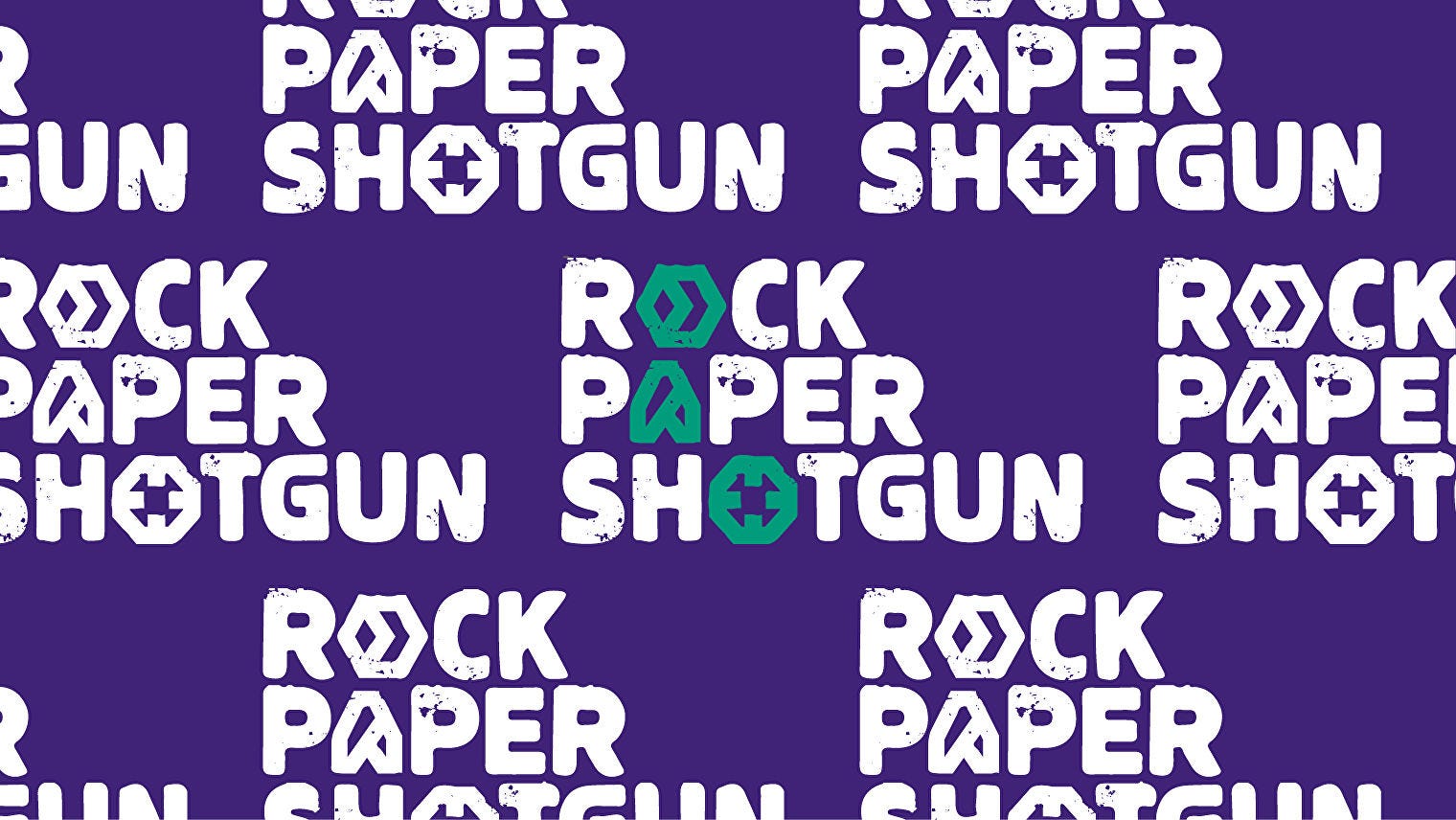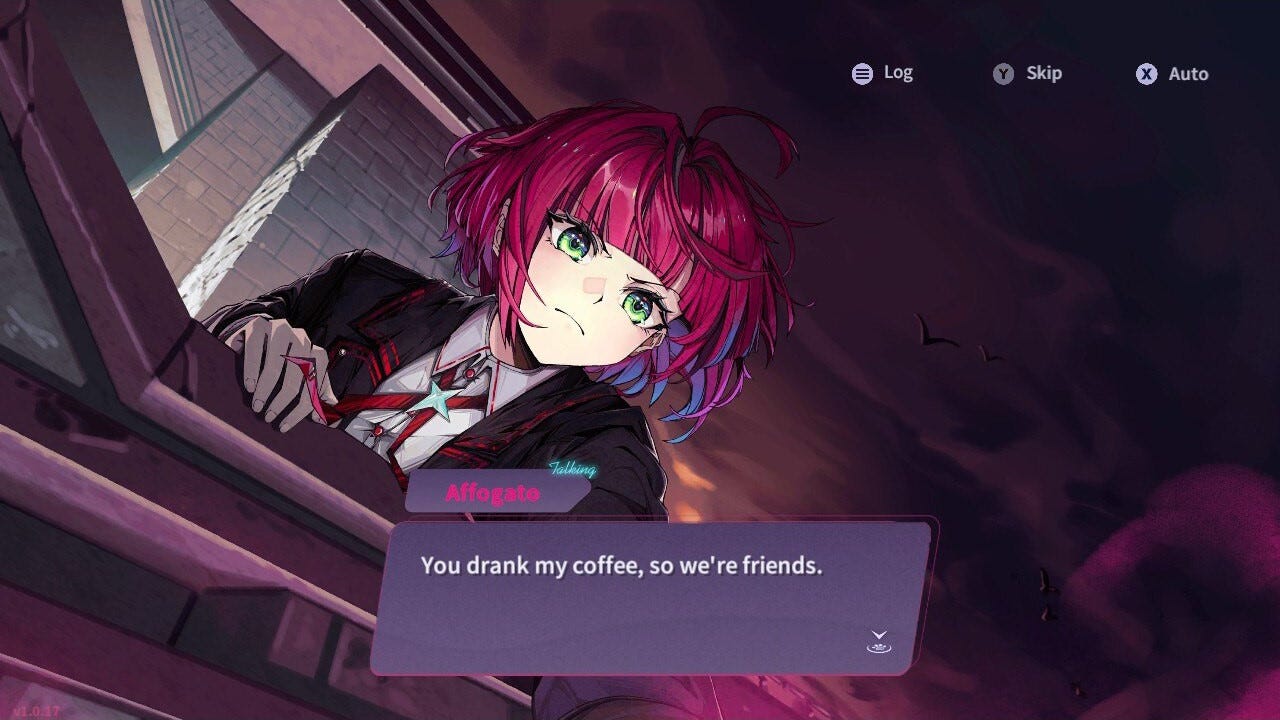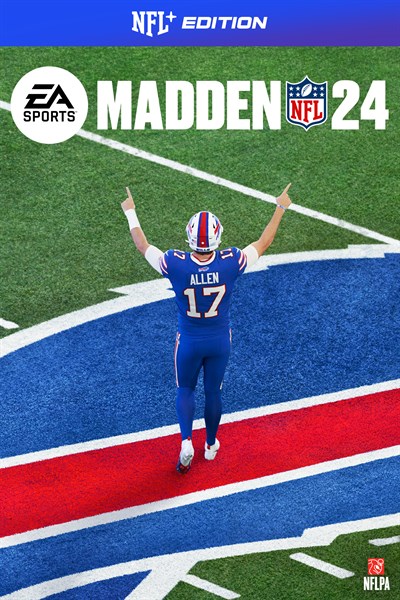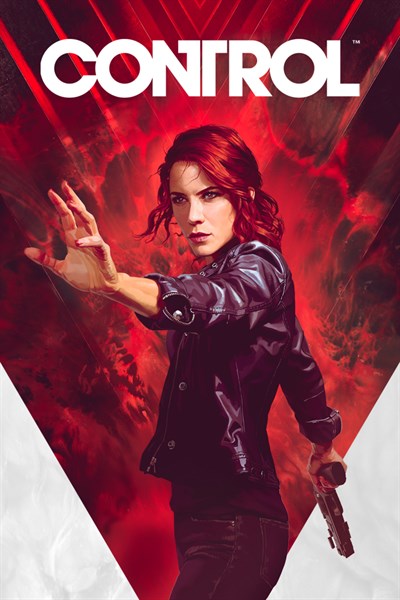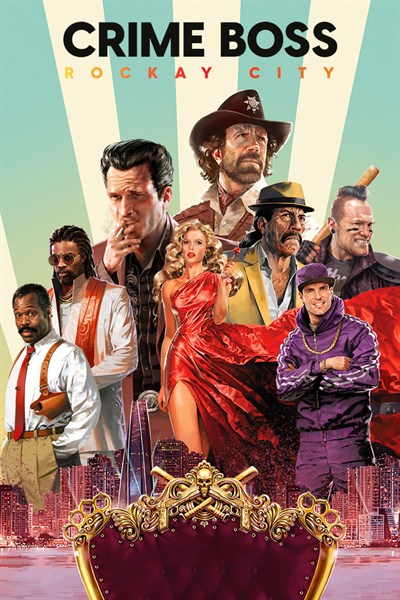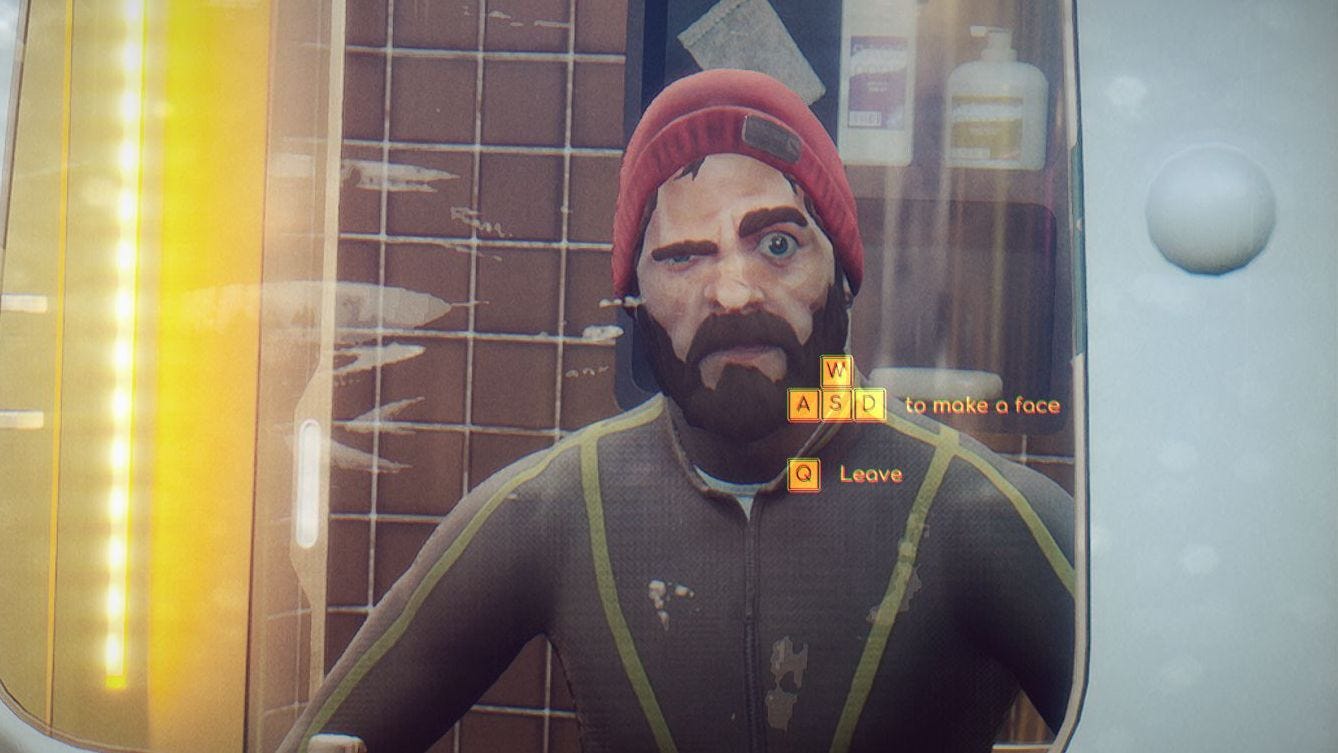When it comes to game night, it’s always a great idea to have a variety of board games around for people to choose from. Unfortunately, building that collection of games can oftentimes cost you more than you’d expect. Have no fear, though, as we’re here to help you out with a variety of deals on board games that are worth picking up. This doesn’t just cater to events like Amazon Prime Day or Black Friday, either. We try to find deals on the best board games all throughout the year, so you can buy your favorites without breaking the bank.
TL;DR – The Best Board Game Deals
Below, you can find a selection of the best board game deals at the moment. Amazon Prime Day may be done and over with for the year, but there are still plenty of sales worth taking advantage of.
The Best Board Game Deals
Board Games: Budget to Best
For when board games aren’t on sale, it’s nice to know you still have options that don’t cost you tons of money. Here, we’ll point you in the direction of more affordable options that are still worth the investment for your next game night.
When Is the Best Time to Find Board Game Deals?
Board games go on sale at sites like Amazon, Target, Walmart, and even GameStop fairly regularly — you can generally find special discounts every month or two. In addition, they absolutely get big discounts during major sale events like Amazon’s Prime Day and Black Friday.
While Prime Day is primarily an Amazon shopping holiday, other retailers always put on competing sales events at the same time. Those are great times to look for board game deals.
As for Black Friday, it’s not just a one-day event: you can often find deals on board games the whole week of Black Friday, as well as on Cyber Monday and throughout that whole following week. Keep in mind that stock runs out (particularly at Amazon), so if you see a good price on a board game you want during one of these major sale events, grab it before it’s gone.
How to Know if it’s Really a Good Board Game Deal
At online board game retailers like Amazon and Walmart, prices are always in flux, to say the least. Many of the board games in the board game section will be discounted to some degree from their MSRP. But there are a few ways to know when a board game is on sale for a notable discount.
For one, you can check Amazon’s daily deals page, where you’ll occasionally find an actual sale on various board games. Sometimes these are from one company, sometimes they’re on the whole category of board games. Target also periodically runs sales on board games, so check their deal page, too.
If you’re looking at a board game and are wondering if the sale price is good, copy the URL and paste it into the search field at camelcamelcamel. That’s an Amazon price tracker that shows you price history. Better yet, it works for any item, not just board games.
Finally, you can follow IGN Deals on Twitter, where we’ll always tweet any notable board game deals we come across.
How Do You Know if a Board Game Is Any Good?
IGN reviews board games fairly regularly, so you can always search to see if we’ve reviewed a game you’re considering picking up. Other websites do, too. We also have a whole lot of board game roundups, ranging from the best classic board games and the best cooperative board games to the best horror board games.
Outside of IGN, the best board game resource around (for my money) is Board Game Geek. It maintains a database of every board and card game you’d want to know about, with all kinds of news, stats, and user reviews all gathered together in one place.


